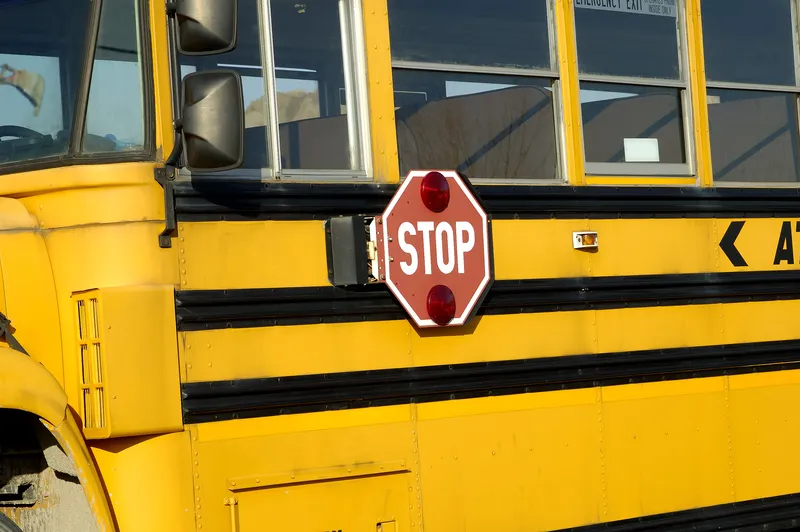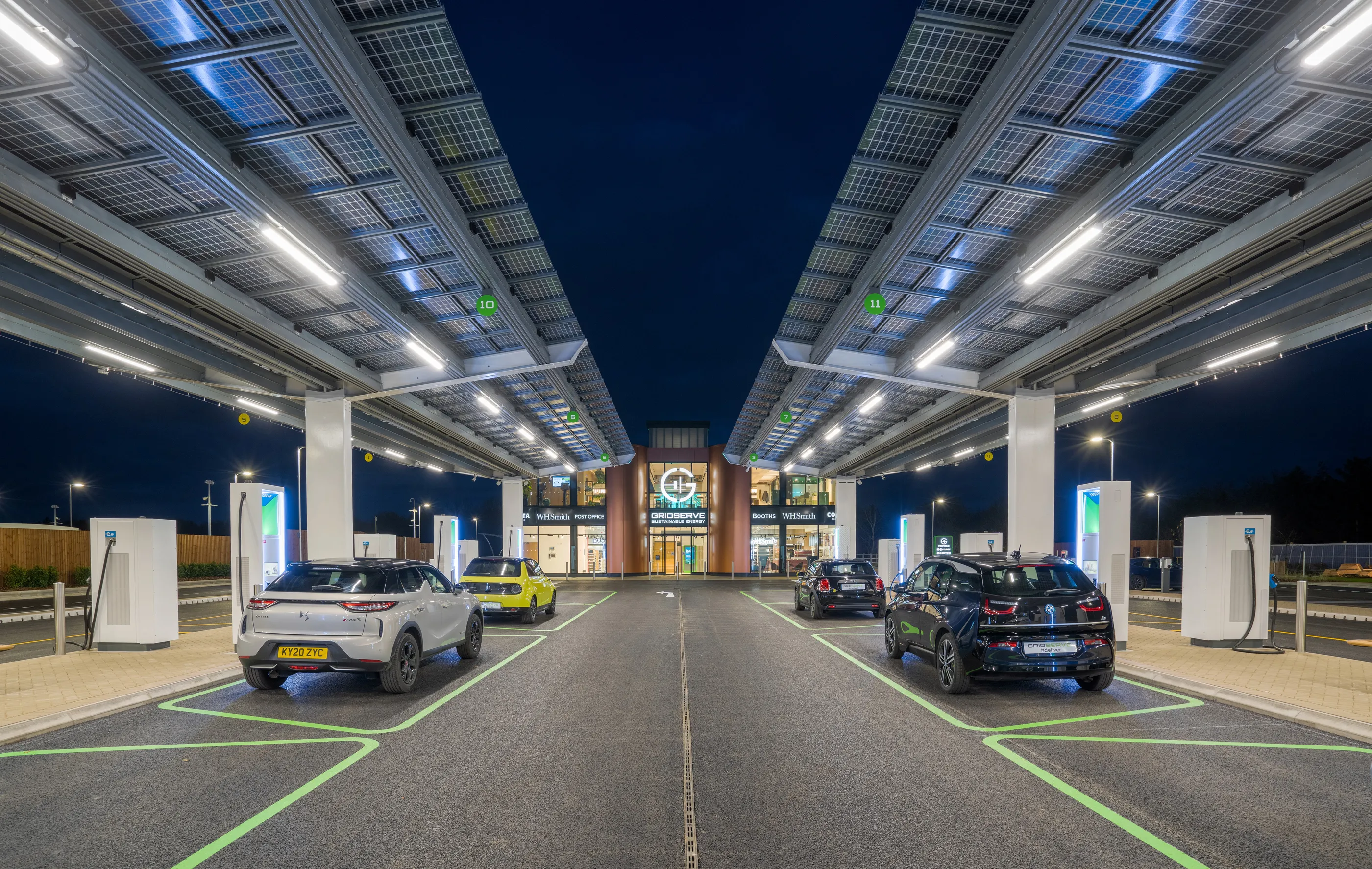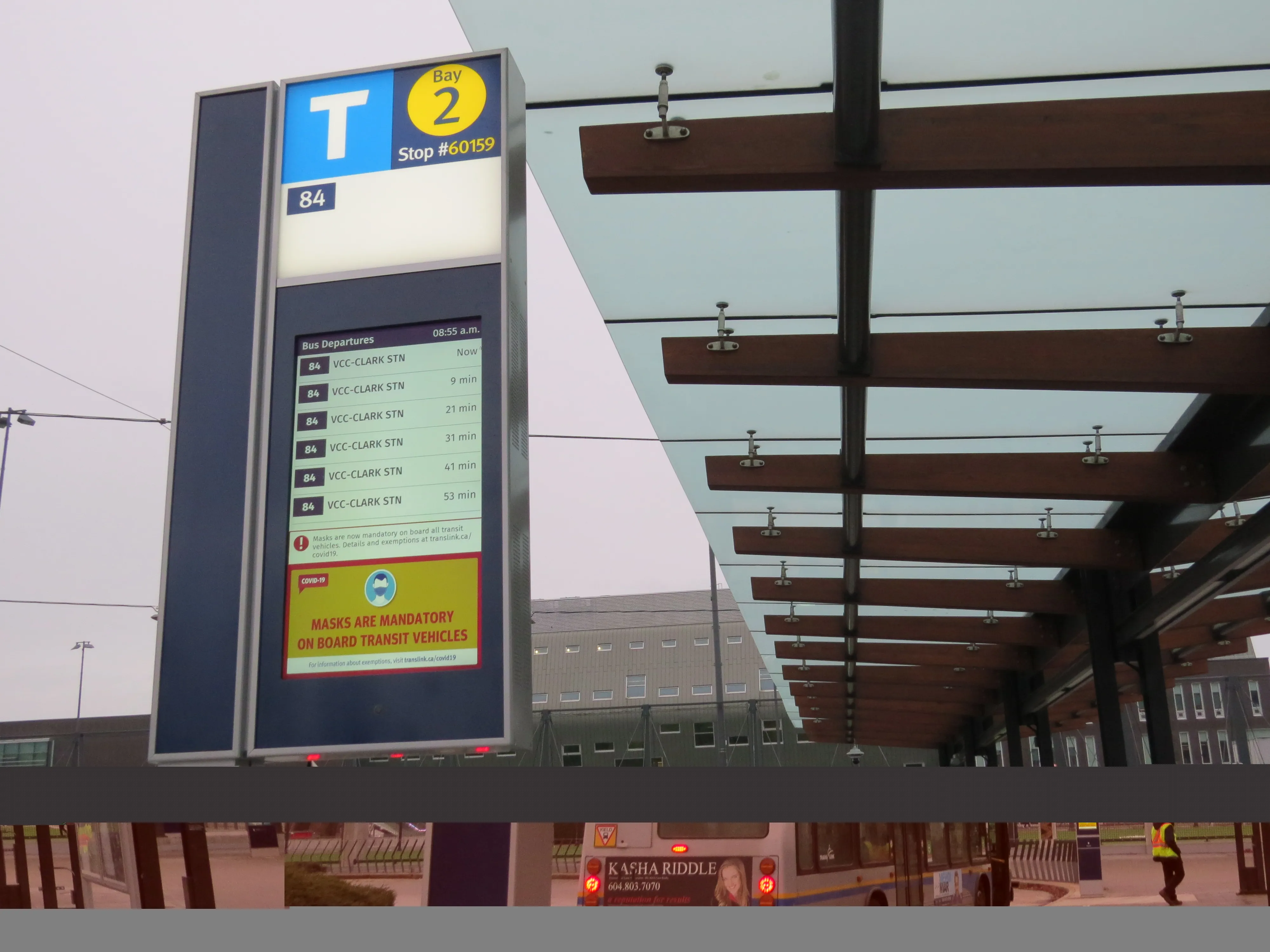
Haas Alert is using approximately $144,762 from the US Department of Transportation to develop technology for securing safe passage when crossing a roadway to a school bus.
Haas says the funding will allow it to enhance student and rider safety by using optical and Cellular Vehicle to Everything (C-V2X) digital alerting technology, connecting school buses to the vehicle grid for collision prevention.
The project will utilise the company's Safety Cloud technology, which it insists has delivered more than a billion digital alerts to drivers of upcoming emergency vehicles and personnel to date.
According to Haas, these alerts help lower the chances of a collision up to 90% by giving motorists more time to slow down and move over.
The project will also incorporate illumination technology integrations from HivizLED Lighting, school bus solutions from United Safety & Survivability and transportation research firm KLS Engineering.
Haas CEO Cory Hohs says: “In addition to enhancing the regular alerts that drivers rely on to avoid preventable collisions, motorists need better tools to see and avoid children waiting on and boarding school buses. There need to be more effective solutions for illumination and driver notification, and we are eager to get to work designing a truly effective solution.”
The company is setting out ensure its solutions are accessible, affordable, and functional for communities ranging from rural Montana to downtown Chicago.
Katrina Morris, immediate-past president of the Michigan Association for Pupil Transportation, will work with the team on testing and piloting.
"I'm especially excited about the team's current traction in other fleets and their dedication for bringing not only connected vehicle technology to the pupil transportation industry, but doing it in a way which makes the solution affordable, available today at mass coverage, and without requiring complex integrations,” she says.
Separately, Haas has worked in other federal projects in the US with the Department of Defense and the National Highway Traffic Safety Administration.
“We believe in solving real-world transportation problems today, rather than designing costly prototypes for some distant future,” Hohs continues.
“The Department of Transportation has given us this unprecedented opportunity to bring safety to the most urban and most rural communities around the country.”










